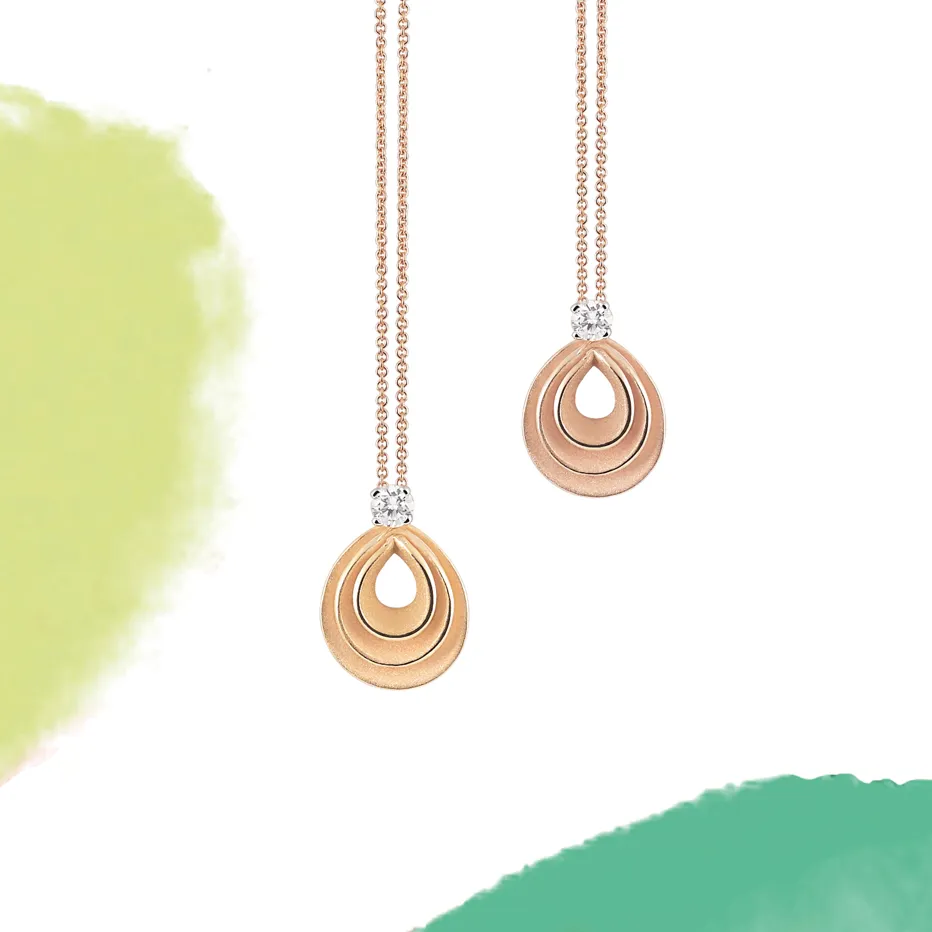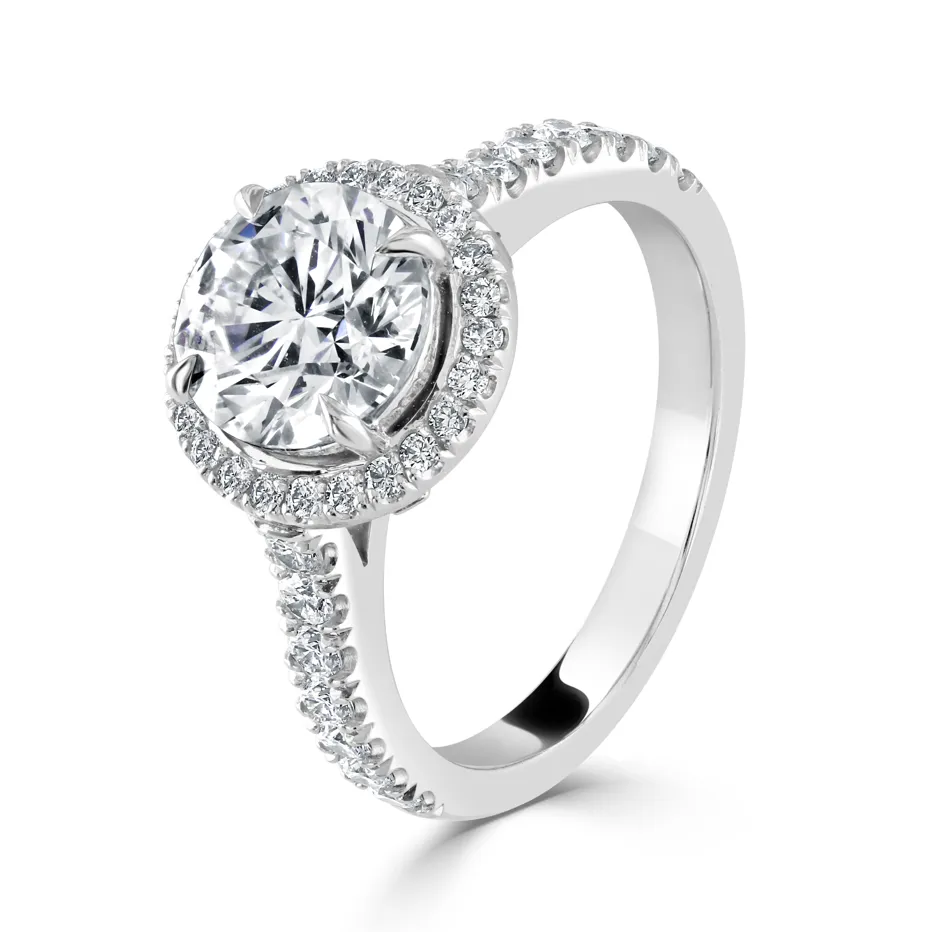
Precious metals such as platinum and gold enjoy a storied geological history that pre-dates the Earth itself. Formed billions of years ago from collapsing stars, precious metals contributed to the formation of the Earth and then lay in wait for aeons until humans began to see the value in the rarity of these metals; from the establishment of coin-based currencies in millennia past, through to their use today as critical materials for high tech components like micro-chips and circuit boards. But it is of course, in the creation of jewellery where precious metals really showcase their eye-catching brilliance.
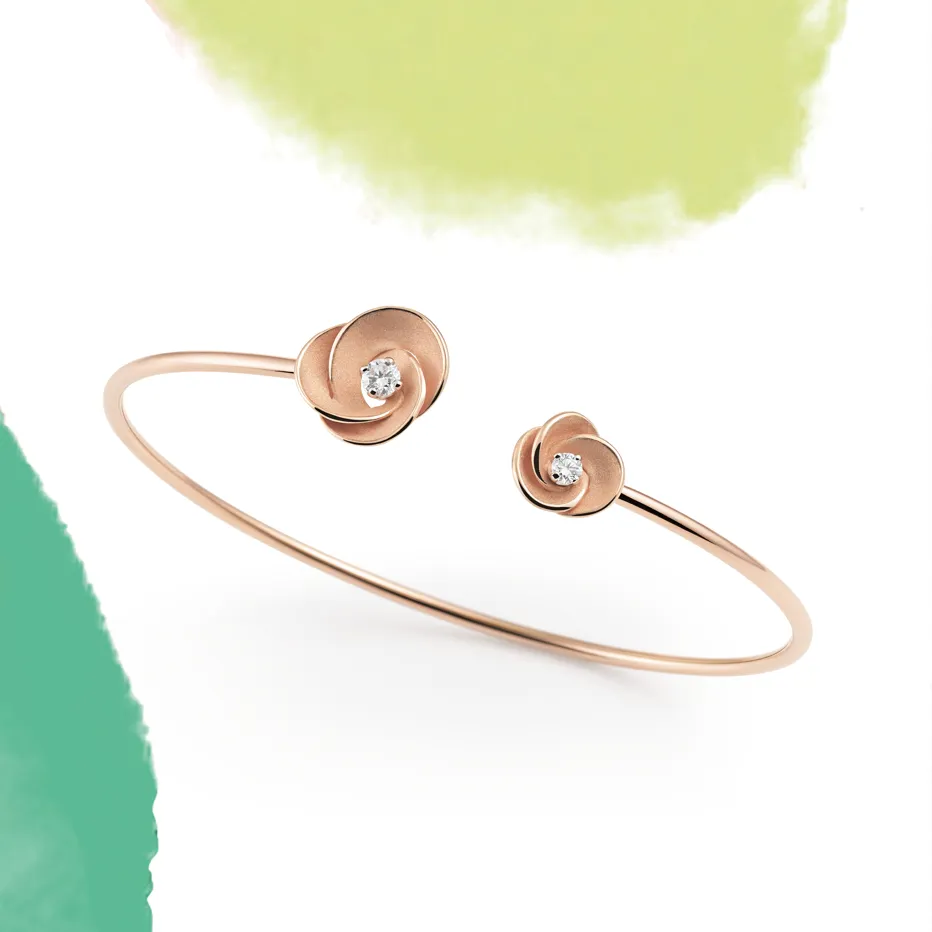
Rarer than gold
Take platinum, a scarce resource with only a few hundred tonnes mined annually, this unique metal has a natural, silver-white colour and is stronger than gold. That means it can be used to create jewellery that not only stands up to the rigours of daily use, but also has unparalleled visual qualities that serve to complement gemstones – particularly diamonds. Thirty times rarer than gold, platinum has hypoallergenic qualities for those with sensitive skin which makes this metal a wonderful choice for jewellery from rings, to bracelets, or pendants.
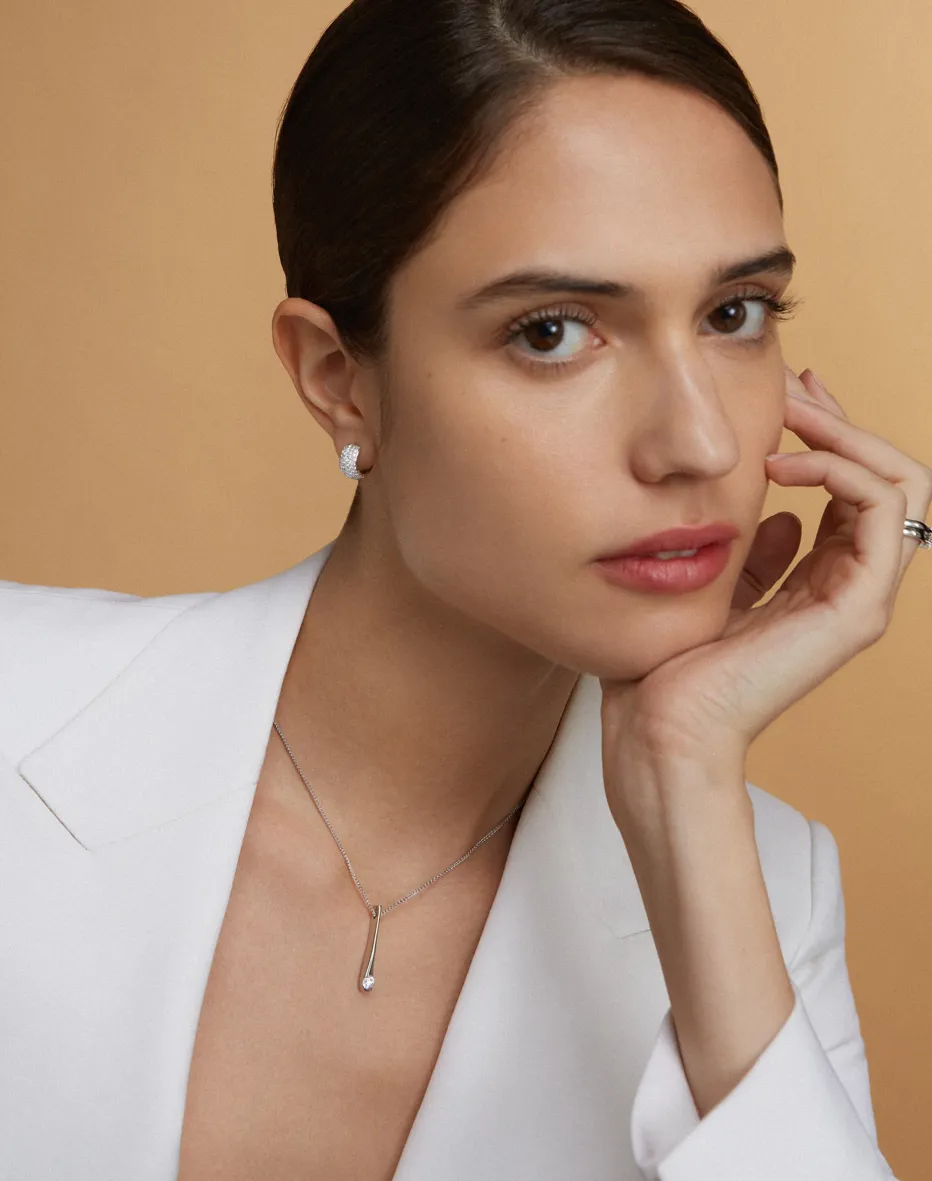
Gold colours
Gold, a metal more common than platinum but no less valuable, needs little introduction but some may not realise that it can feature in a variety of different shades and colours. In its purest 24ct form, gold is yellow but to make it more usable for jewellery it is mixed with other alloys such as silver, palladium, nickel, copper or zinc to improve its strength, while also varying its colour. Many choose yellow gold in either 18ct or 9ct for their jewellery to ensure it’s more durable while retaining its yellow, warm, and vibrant hue.
Rose gold – 24ct gold alloyed with copper – takes this precious metal in another direction. It first came to prominence in the 19th century when the jeweller Carl Fabergé used it for his Fabergé Eggs. Today, many choose rose gold for its timeless elegance and romantic appeal.
A third colour option for gold is white. By adding alloy metals like platinum, palladium or silver, gold is transformed into a timeless, silvery-white colour with the help of a coating of rhodium.
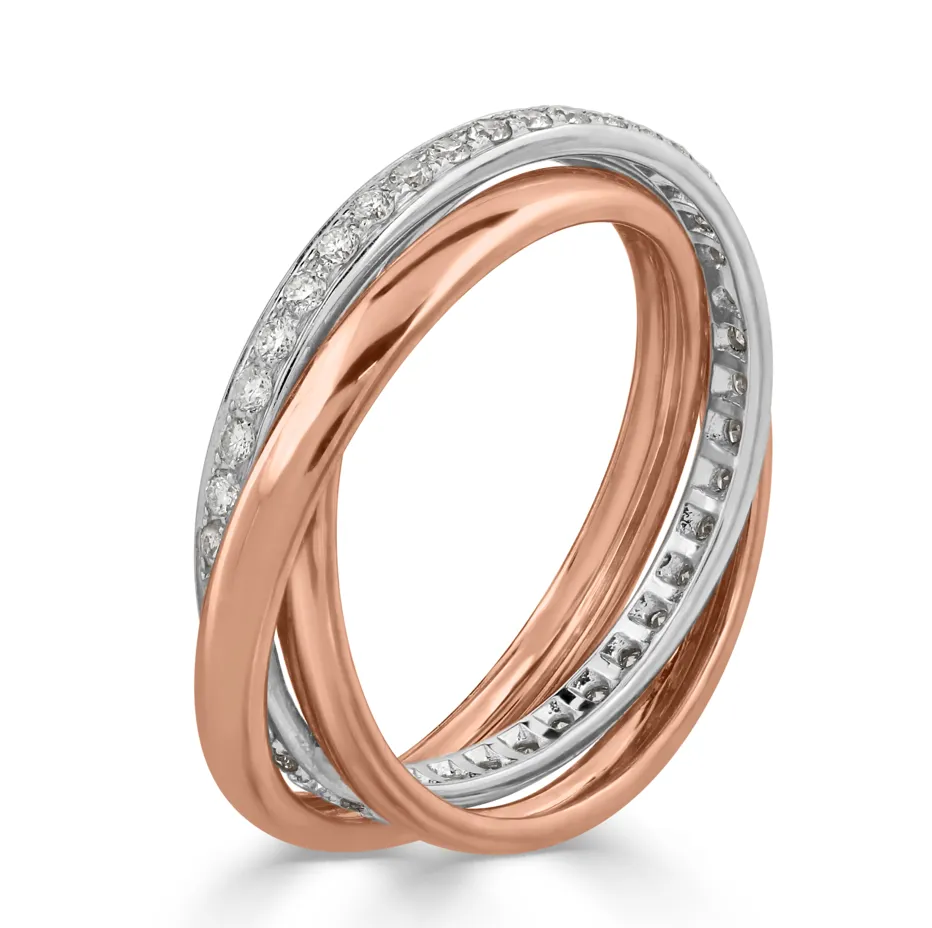
Mix and match your colours
Even if these three colours don’t appeal, some jewellery makers have created a whole new gold palette to choose from. Italian jewellery designer Annamaria Cammilli, for example, offers a range from yellow lemon bamboo gold to black lava gold. Colour is, of course, a personal preference also influenced by factors like skin tone and, if you can’t decide, just mix your metals by stacking your rings or bracelets.
